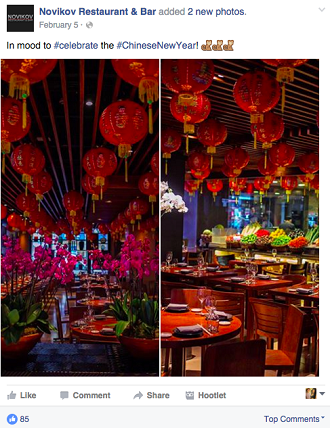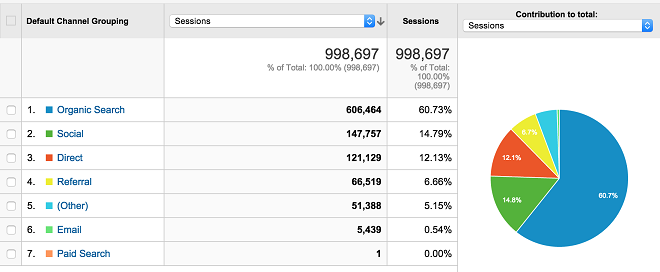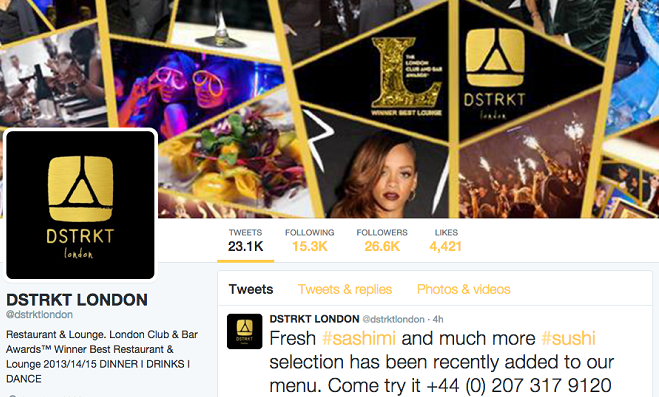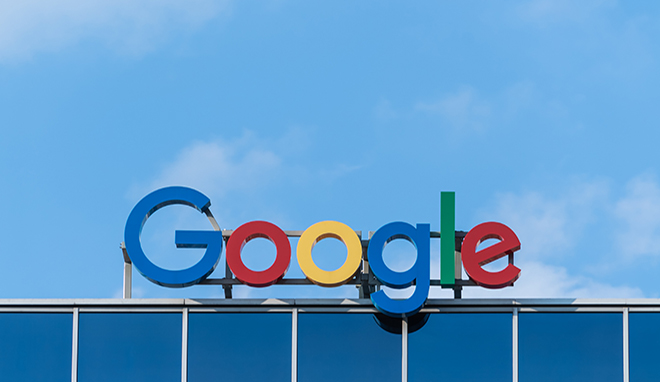

Chelsea Allenby is a Digital Marketer of 9 years and Managing Director of Allenby Digital Ltd, an online marketing agency she set-up in 2015, specialising in social media and content marketing. www.chelseamarketing.co.uk
When you invest time or money into a marketing channel, the important question to ask is “is that effort generating a return for my business” ?
When it comes to social media, it’s not a straightforward channel to monitor. Social media is all about building a community around your brand, so how do you actually assess the value of a growing community?
Reach Or Impressions
‘Reach’ is a common term you will see on Facebook, it means the number of people who saw your content. On other platforms such as Twitter, ‘impressions’ is used instead within the analytics area. Impressions are the number of times a post was shown, meaning that 30 impressions could in fact come from the same person.
Knowing how many people are seeing your content, allows you to compare this number against the following metrics in this article, to determine if you are targeting the right people.
Engagement
Monitoring the engagement level of your fans tells you whether the content you are sharing is relevant and interesting to the people it has reached.
It increases your brand awareness when one person interacts with your content; their friends or their followers potentially see that interaction, introducing them to your brand.
Facebook is currently the most popular social network, but it’s also one of the hardest platforms to reach your fans on. Why? Well, when a Facebook business page distributes a piece of content, whether that’s a photo, a video, or a link to your website, it is only initially shown to 1-2% of your fanbase. The more people who engage with this content within the first few hours, the further Facebook will distribute it. Engagement on this platform is, therefore, vital.
This post by Novikov Restaurant & Bar received 85 likes, a higher rate than many of their other posts.

Traffic
If you have a great website, then you will probably want your potential customers to see it.
If you utilise an online booking service, or an online ordering service, then getting people to your website will be one of your goals. Using a platform such as Google Analytics will enable you to monitor the number of visitors coming from social media channels such as Facebook, Twitter, Pinterest and Google+. Note the total number of visitors, but also assess which platforms are driving the most visitors and which channels could be improved.

On this website, the social media channel accounts for almost 15% of total website traffic. Source image.
Orders
It can be difficult to track restaurant sales from social media, but here are some approaches you could take:
- Ask your customers where they heard about you and collect the information on a spreadsheet so you can compare the data.
- If you use online ordering services via your website, you can monitor the order values that came through social media, by setting up the correct tracking using Google Analytics.
Follow count
Your number of Twitter followers, or the amount of people who’ve ‘liked’ your Facebook page, is a good indication as to the size of your brand and the reputation it has. However, follower count means nothing without engagement, therefore it should never be the primary focus.
For example, if you have 2000 followers, but only 20 of those people ever engage with your content, then those other 1080 followers are much less valuable. It would be better to have 1000 followers with 300 people engaging on a regular basis.
Benefits of an engaged and growing follower base:
- Increased trust for new customers
- Increased credibility
- Increased brand awareness
Example: DSTRKT Restaurant and Lounge have 26.6k followers, giving the impression of a popular place to eat and visit in London.

The key to measuring social media successfully is to look at these metrics together, rather than individually.
Every metric mentioned above is worth monitoring regularly, at least on a monthly basis. However, stats are useless to your business unless you react to them. For example, if your engagement rates are low, it’s a sign that you need to rethink the content types you are sharing.





Comments